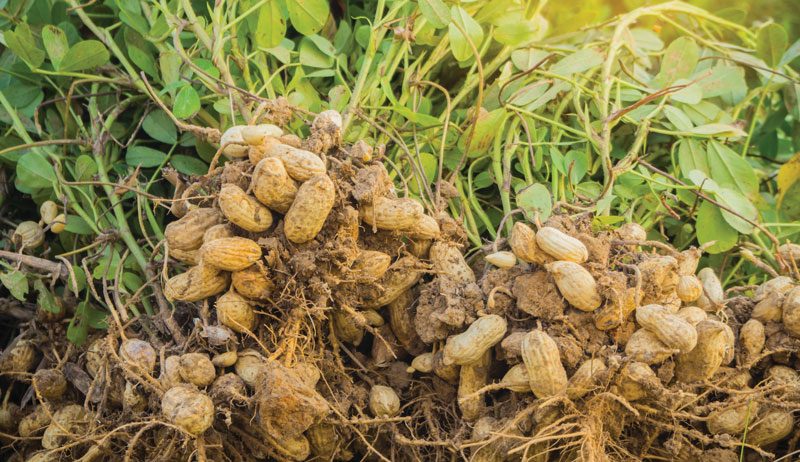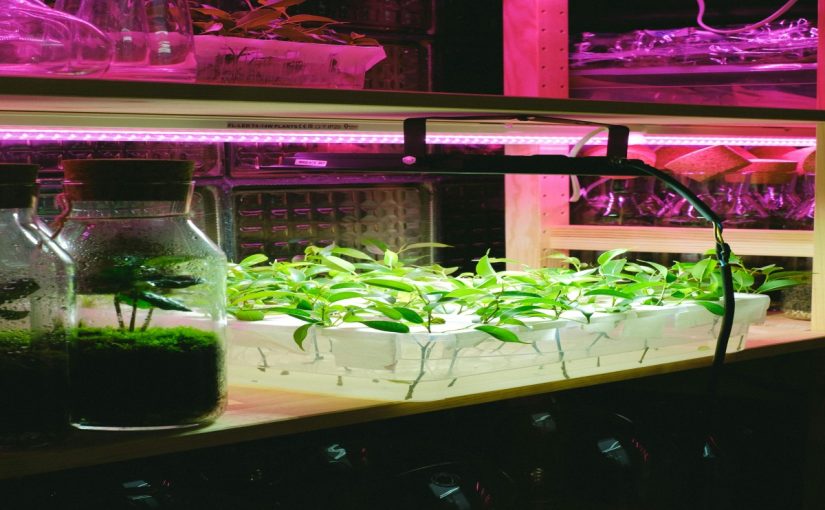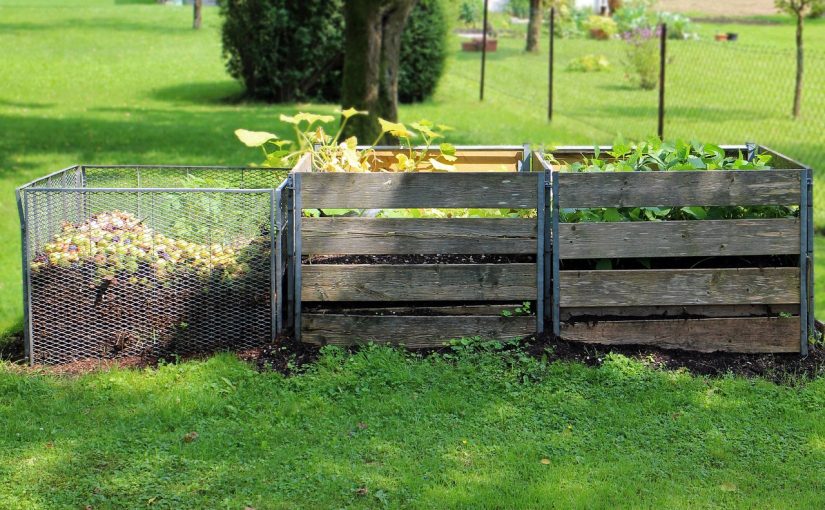Peanuts are not only good for your appetite but also your wellbeing. These are an outstanding source of protein and are rich in various vitamins, minerals, and herbal compounds.
Peanut butter, produced from the selected pieces from the peanut farm, is an ideal way to incorporate quickly this type of protein in the everyday diet.
People are still surprised to hear that peanuts are certainly not nuts.
This seed of legume plant belongs to the family of peas and beans.
Growing peanut plants

A peanut farm gives a unique posture in terms of appearance as it is full of plants but there is no fruit to grasp. However, the peanut plant has real products deep inside in soil along with the roots.
Also Read: Sweet Potato Farming Information Guide
And, interestingly, the flower of a peanut develops above the ground. Once pollinated, the stems lean down and push the pegs into the soil during the summer and they grow eventually.
As the ovary at the end of each stem is underground, it develops into a pod carrying the peanuts. This is the reason behind it brings the name groundnuts.
In a peanut farm, the peanuts start as a single seed and grow into a plant that can be turned into more than 50 peanuts in a period of four to five months under the soil.
During the peanut crop, the process of sowing the seeds has its own requirements in terms of soil quality, as fruits mature in the soils themselves.
Selection and preparation of the soil
Sandy loams, crumbly and light-colored are perfect for groundnut cultivation.
A friable sandy loam or clay loam subsoil provides essential nutrients as well as a suitable climate to the peanut crop as well as a suitable climate.
The heavier soil can be an option to get a higher yield. Such soils nevertheless tend to stick to pods contributing to blot that decreases the quality of the peanut.
This decision can trigger a loss in the overall yield for a peanut farm. It is wise to avoid farming peanuts in fields with shallow topsoil or inadequately drained areas.
While growing commercially, it is recommended to obtain a soil analysis so that you can have test reports and can apply fertilizers accordingly.
During the planting, the surface temperatures of peanuts should be at least 65 degrees Fahrenheit in April and May after the last freeze.
Sowing the seeds
Growers generally use the peanut kernels as seeds that were cultivated particularly in the previous year approximately 1 or 2 inches wide in the field. It is worth to have the populations of plants range from sixty thousand to eighty thousand per acre.
Typically, with improved seed count, there is little growth in production. So it is appropriate to not have a high density of plants for groundnut cultivation.
Generally, it requires 140 to 150 days for a stable crop without any frost.
After the 10 days of harvest, peanut plants grow out of the soil. Generally, they are about 18 inches in length developing into a small, oval-shaped plant.
Yellow flowers occur around 40 days after planting across the lower portion of the plant. The leaves fall off as the peanut ovary starts to grow as soon as the peanut’s flowers pollinate themselves.
Watering
The irrigation requirements of a peanut farm can vary throughout the growing season.
At the beginning of the season, it is recommended to have a low frequency of watering. As the crop approaches the midseason, it should be at the peak and then declines again as the crop gets to maturity.
Moreover, the need for water for a peanut crop depends on the growth process of the plants. The water supply is essential during vegetative production, as well as flowering and pod formation.
The adequate rainfall and irrigation can encourage the vegetation as well as the yield of the crop in the season end.
On the other hand, during an extended drought, the formation of pods to vegetation would be not as adequate as it should be.
Too much watering encourages soil-borne diseases, flows some nutrients required for the proper growth and production of pods. In the late season or during pod ripening, this can trigger some maturing kernels to germinate, reducing the ratio of perfectly formed kernels during harvest.
Once flower petals break apart in the groundnut farming, the peanut ovary grows and penetrates the earth. The fruiting cycle of the peanut plant is roughly two months.
The ovary, termed as a peg, enlarges and grows down. It is interesting to see that the plant forms a small stem that reaches the soil.
The peanut embryo resides in this peg. Once, the peg gets into the soil, the embryo bends horizontal to the soil surface and starts to mature into a peanut.
The peanuts have their nitrogen supply. Thus, it is recommended to avoid fertilizers rich in nitrogen that promote leaves and not fruits.
Eventually, the plants get their resources from the well-prepared soil.
The peanut plant needs full sunlight to grow on a peanut farm in Virginia. In case you are growing peanuts in the hard soil, it is worth mixing enough organic matter to make the soil fertile and friable so that pegs can easily penetrate the soil surface and can go inside to turn into a peanut. Moreover, ensure that you have good soil drainage.
At the end of each peg, peanut shapes. It is appropriate to put down thin mulch like straw and grass cuts, such that the surface should not crust and the pegs can easily reach the land.
Once the plants reach six inches height, plow around them to make the soil loose so that pegs can penetrate the surface easily.
Disease in the peanuts
Young seedlings can be under attack by the fungal species.
Shortly after germinations, plants can get diseased and never get out of the field or can die during the early growing season. Seedling signs differ because of multiple causes for peanut farm Georgia.
Verticillium and Fusarium Wilt
Soil-borne fungi that penetrate plants from the roots are the cause of diseases of verticillium and fusarium. They cause the plant to be sick by growing in the water-conducting xylem tissue.
Verticillium wilt (Verticillium wilted) is commonly found in cotton and potatoes. While Fusarium Wilt is a vegetable disease.
In the case of a Fusarium or Verticillium, once an area has been contaminated, the bacterial spores survive for several years.
The crop rotation can help for a bit to reduce the bacterial spores.
But in the case of groundnut farming, however, contaminated regions may not be suitable for producing peanuts.
Must Read: Growing Mushroom for Your Diet
There are no available fungicides that adequately treat infected plants for any of the diseases or reduce the number of spores present in the soil.
Pod Rots
More than one fungus can be related to rotted conditions when pod rots occur. If a significant infection is observed during the crop, it is worth to apply a fungicide that guards the plant against further infection.
Pod rots do not have any visible symptoms above ground, so it is necessary to uproot plants across the whole field particularly after the pod formation. That is the only way to spot rots of seeds.
Besides, sound plants do not ensure healthy pods and peanuts under the soil automatically.
Nematodes
The plant parasites reside in the earth and infect plants. The problems are considered to be induced in two types in groundnut cultivation, root, and root-lesion nematodes. Usually, it is seen that only limited field areas are infected, however, if the expansion can destroy a crop.
The leaf spots may be caused by irrigation followed by high humidity during the growing season.
Fungicides should be used to combat leaf diseases as high humidity and moisture exist during the growing season.
Typically, fungicides used for the foliar diseases should be used on leaf surfaces and will start according to the drug labeling until contagious spores settle.
Insects
Insects are usually not a big concern in the processing of peanuts. It is assumed that the regulation of thrips in peanuts allows plants to mature early, but there has been no scientific evidence for such an event.
In some cases, armyworms may be an occasional concern on a peanut farm. Some of the peanut fields often get harm from grasshoppers. However, labeled insecticides manage both easily.
Once, the plant has grown the grower checks if the field is too moist or too cold to dig.
If conditions are correct, the peanut is ready to harvest. It is appropriate to uproot the entire plant out of the ground with the pods. You can leave it into the sunlight to dry out for a couple of days until the pods lose around a third of their moisture.
It is noteworthy that not all pods grow equally. Once the highest number of pods matures, you should harvest your crop.



